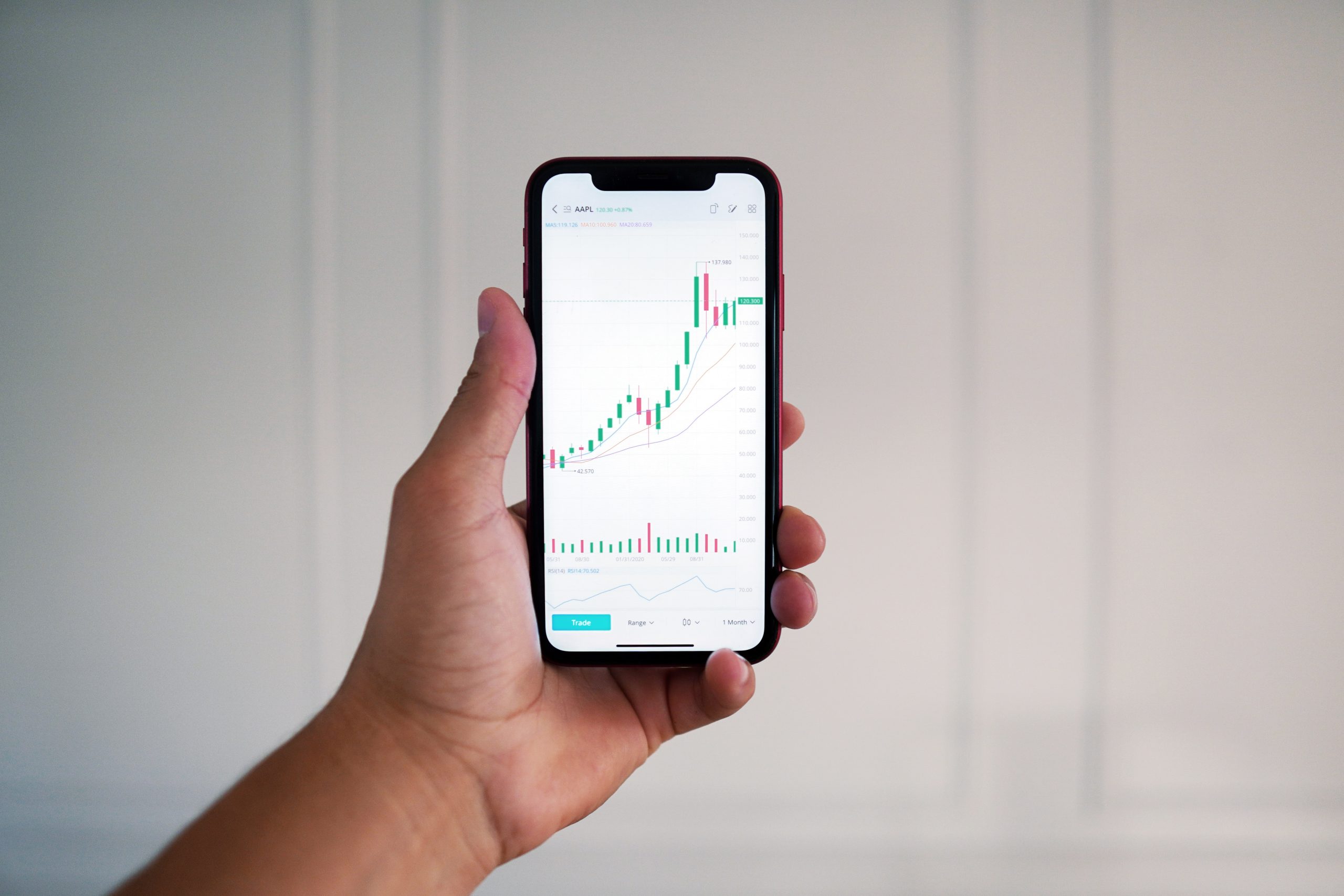Welcome to the world of swift collaborations that are transforming the financial landscape. Swift’s strategic partnerships have paved the way for tokenised asset trade, unlocking a plethora of opportunities previously unattainable in traditional finance. In this blog post, we explore how these groundbreaking collaborations have revolutionized capital markets and transformed the way we invest and trade assets. Join us on a journey to discover how swift collaborations are changing the game and what it means for investors, issuers, and traders alike.
What is Swift?
Swift is a blockchain-based protocol that enables the tokenization of assets. It is an open source project that is overseen by the Swift Foundation, a non-profit organization. The project is supported by a number of leading organizations in the financial industry, including JPMorgan Chase, HSBC, and ING.
Swift’s goal is to provide a platform that makes it easy to trade tokens representing assets such as stocks, bonds, and real estate. The protocol allows for the creation of “smart contracts” that can automate the process of buying and selling tokens. This will make it possible to trade assets 24/7, without the need for a central exchange or broker.
The benefits of using Swift include:
– Increased efficiency: Tokenized assets can be traded faster and at lower costs than traditional methods.
– Greater security: Blockchain technology enables tamper-proof records of transactions.
– Improved access: Swift’s decentralized structure means that anyone with an Internet connection can trade assets on the platform.
What is a Tokenised Asset?
A tokenised asset is a digital representation of an asset on a blockchain. This can be used to trade the asset in a more efficient and secure way. Swift’s collaborations are helping to pave the way for this new type of trade.
Tokenisation has the potential to transform the financial landscape by making it easier and cheaper to trade assets. It could also help to reduce risk and increase transparency.
Swift is working with a number of partners on initiatives that could enable the tokenisation of assets. These include the development of standards and infrastructure, as well as pilot projects.
The benefits of tokenisation are already being seen in some areas of finance, such as in the trading of securities and derivatives. And there is huge potential for this technology to be used in other areas too, such as commodities, real estate and art.
Swift’s Collaborations Paving the Way for Tokenised Asset Trade
In collaboration with several major banks and financial institutions, Swift is developing a platform that will enable the tokenisation of assets and facilitate their trade on a blockchain. This will allow for the transfer of ownership of assets without the need for a centralised clearing house or custodian, and could potentially revolutionise the way that financial transactions are carried out.
Swift has already successfully trialled the platform with a number of banks, and is now working towards a full launch. This is a significant development in the use of blockchain technology in the financial sector, and could pave the way for other asset classes to be tokenised and traded on a distributed ledger.
How this will Transform the Financial Landscape
Swift is a major player in the global financial system, with over 11,000 member banks and financial institutions across 200 countries. As such, its decisions have far-reaching implications for the entire industry.
In recent years, Swift has been collaborating with a number of startups and technology firms to explore how new technologies can be used to streamline cross-border payments and make them more efficient. These collaborations are now bearing fruit, with Swift announcing a number of initiatives that will pave the way for the tokenisation of assets and the trade of these assets on blockchain-based platforms.
This is a major development that has the potential to transform the financial landscape. The use of blockchain technology for asset tokenisation and trading brings a number of advantages, including increased transparency, reduced costs, and faster transaction times. This could make it possible for smaller banks and financial institutions to enter the market for cross-border payments, and eventually lead to a more level playing field.
The implications of this are far-reaching. The tokenisation of assets opens up a whole new world of possibilities for how these assets can be traded and used. For example, it could enable fractional ownership of assets, or make it possible to trade assets that are not easily traded today due to their illiquid nature. This would have a profound impact on the global economy, making it more inclusive and efficient.
Conclusion
Swift’s collaborations with leading financial institutions and fintech companies has demonstrated that tokenised asset trade is the future of finance. This collaboration is transforming the financial landscape by providing a secure, fast and efficient way to send value across borders. With these partnerships in place, users will benefit from increased access to capital markets and an improved payments experience while banks can take advantage of new opportunities for market efficiencies. All in all, this collaboration has provided a platform for innovation that could shape the future of finance as we know it.




